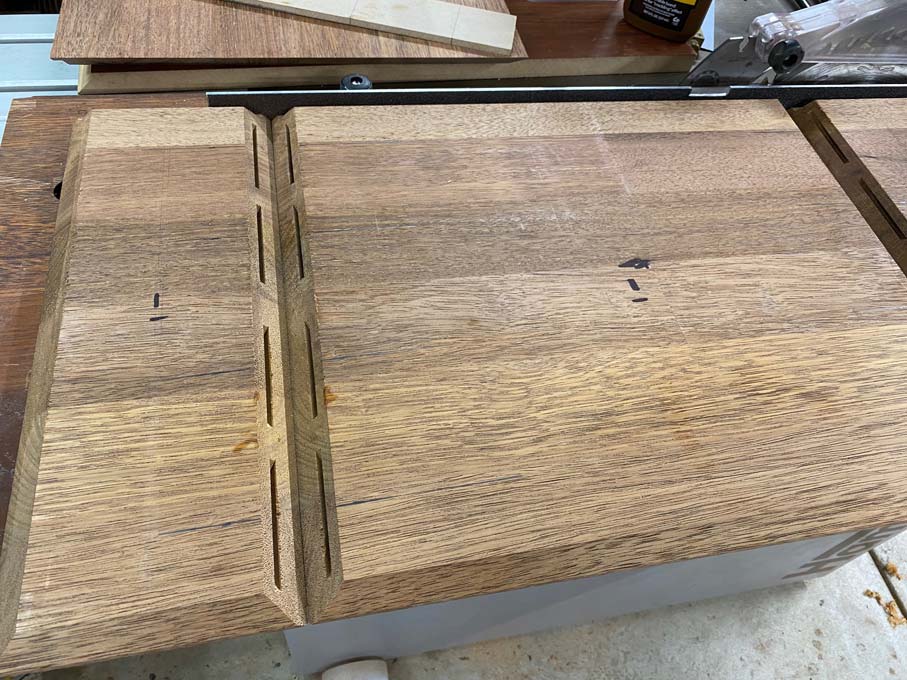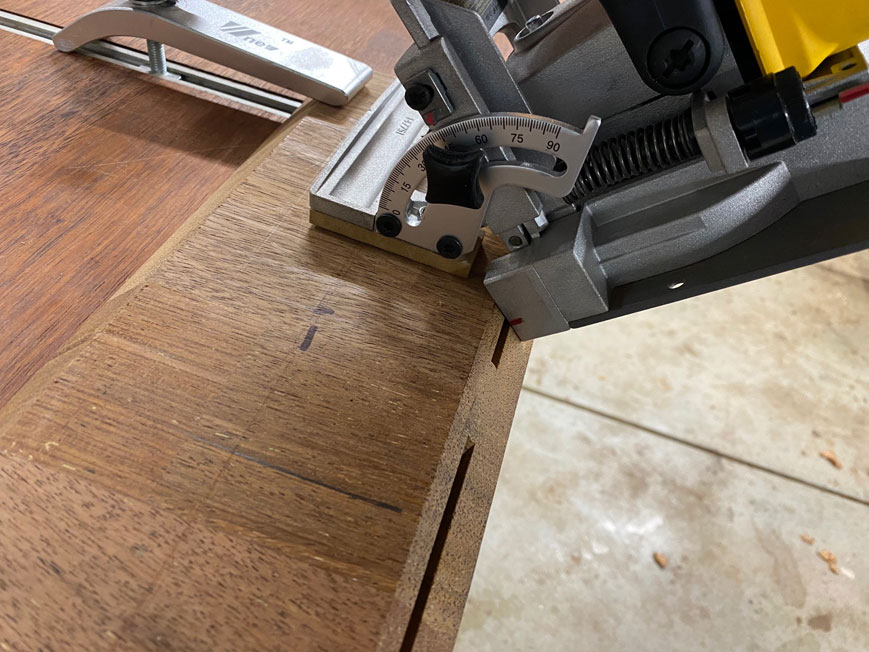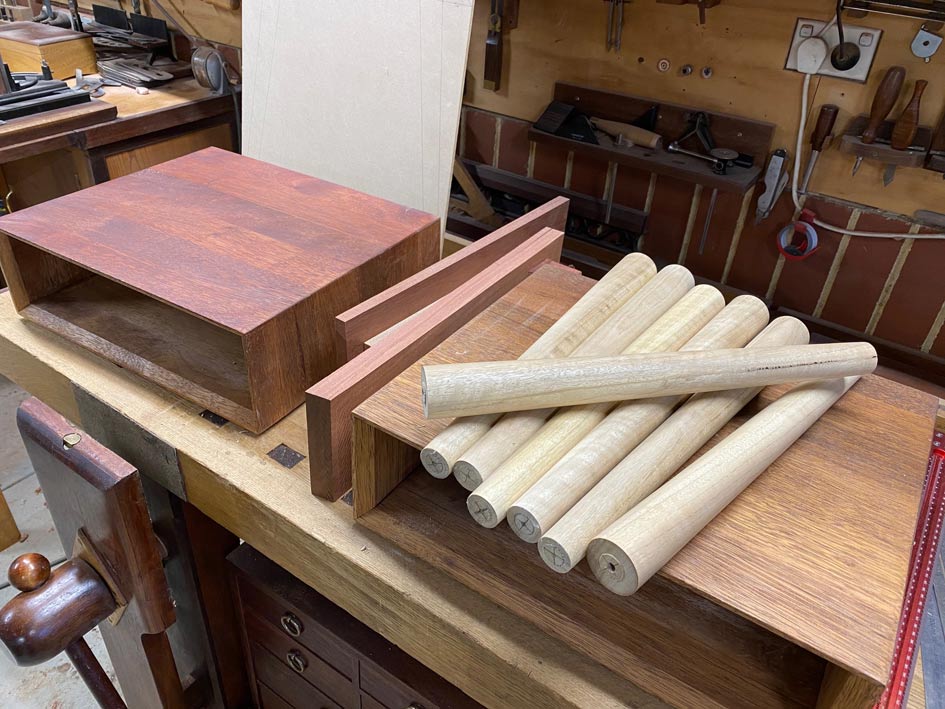monster
Established Member
I think some people are misunderstanding the 'sloppy setting' on the Domino cutter.
The sloppy setting is only available in one plane - ie over the width of the domino, so there is never any slop in the fit regarding the thickness of the domino.
In practice it is often only necessary for one domino to be sited perfectly accurately in both its x and y axis, this will accurately locate the two pieces of material being joined. The subsequent dominos can then be quickly and easily sited via registering off the side of the workpiece using the fence on the domino cutter this will give an accurate location for the position of the domino in the thickness plane but in the width plane the 'sloppy setting' can be used so that there is no need to highly accurately find the position of the slot along this axis as the first accurately placed domino has already ensured accuracy in this axis.
Once the user accepts that there is no need to have every single domino fitted on the 'tight setting' and the integrity of the joints is not compromised by using the 'sloppy setting' - which remember is only sloppy regarding the width of the domino, the domino still being a tight fit on its thickness, you will then realise how brilliant this concept is as one of its beauties lies in the speed of operation that not having to accurately lay out each mortice brings.
The sloppy setting is only available in one plane - ie over the width of the domino, so there is never any slop in the fit regarding the thickness of the domino.
In practice it is often only necessary for one domino to be sited perfectly accurately in both its x and y axis, this will accurately locate the two pieces of material being joined. The subsequent dominos can then be quickly and easily sited via registering off the side of the workpiece using the fence on the domino cutter this will give an accurate location for the position of the domino in the thickness plane but in the width plane the 'sloppy setting' can be used so that there is no need to highly accurately find the position of the slot along this axis as the first accurately placed domino has already ensured accuracy in this axis.
Once the user accepts that there is no need to have every single domino fitted on the 'tight setting' and the integrity of the joints is not compromised by using the 'sloppy setting' - which remember is only sloppy regarding the width of the domino, the domino still being a tight fit on its thickness, you will then realise how brilliant this concept is as one of its beauties lies in the speed of operation that not having to accurately lay out each mortice brings.










